Rats have constantly growing teeth. The rodents, mice, and rats are part of the gnawing mammal family. It means they can chew almost everything. According to studies, rat teeth grow about 1.4 mm daily. To prevent the teeth from growing into the skull, they will have to chew on things. But do rats chew Styrofoam?
Yes, rats do chew Styrofoam. The soft and expandable Styrofoam is used for making multiple things. Rats cannot only chew on its raw foam but will nibble on the expandable Styrofoam as well.
Continue reading the article to find more about rats chewing on Styrofoam and similar types of it. You will also find tips to keep the rats away.
Can Rats Eat Styrofoam?
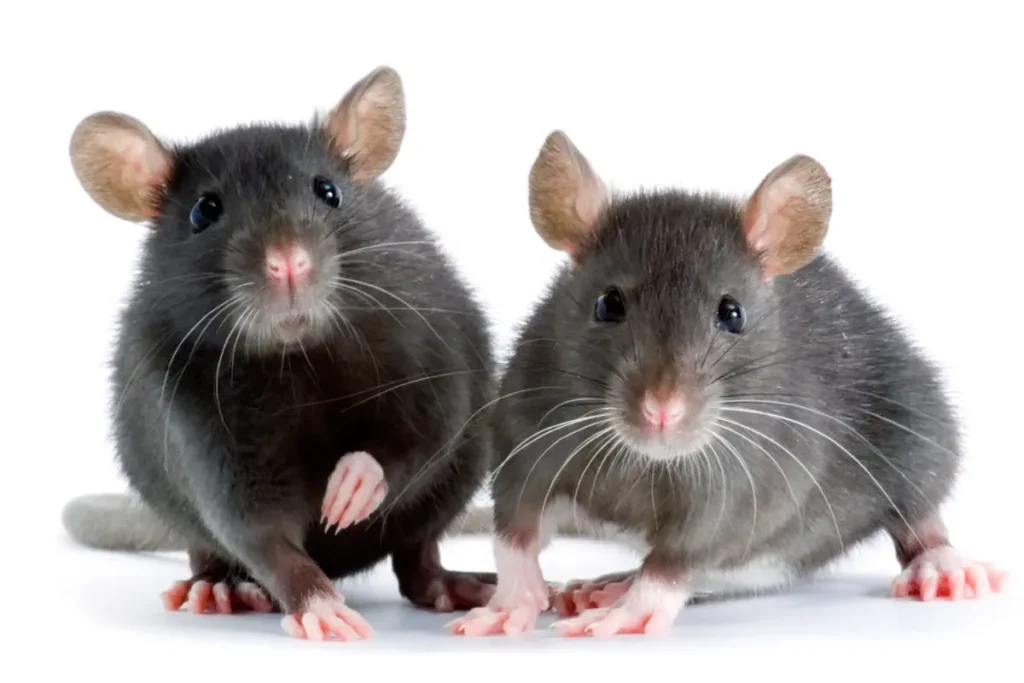
Rats can eat Styrofoam. They can chew through many things that one can find weird. Rats are gnawing mammals.
Due to the continuous growing teeth, they have to chew on things to prevent teethes from overgrowing. While gnawing on foam, they can eat a part of it.
The materials rats can chew include plastics, rubber, wood, soft metals, cardboard, fabric, foam, and paper.
Eating Styrofoam or other material like plastic and wood is not dangerous for the rats. Because they only nibble on it.
Will Rats Eat Through Spray Foam Insulation?
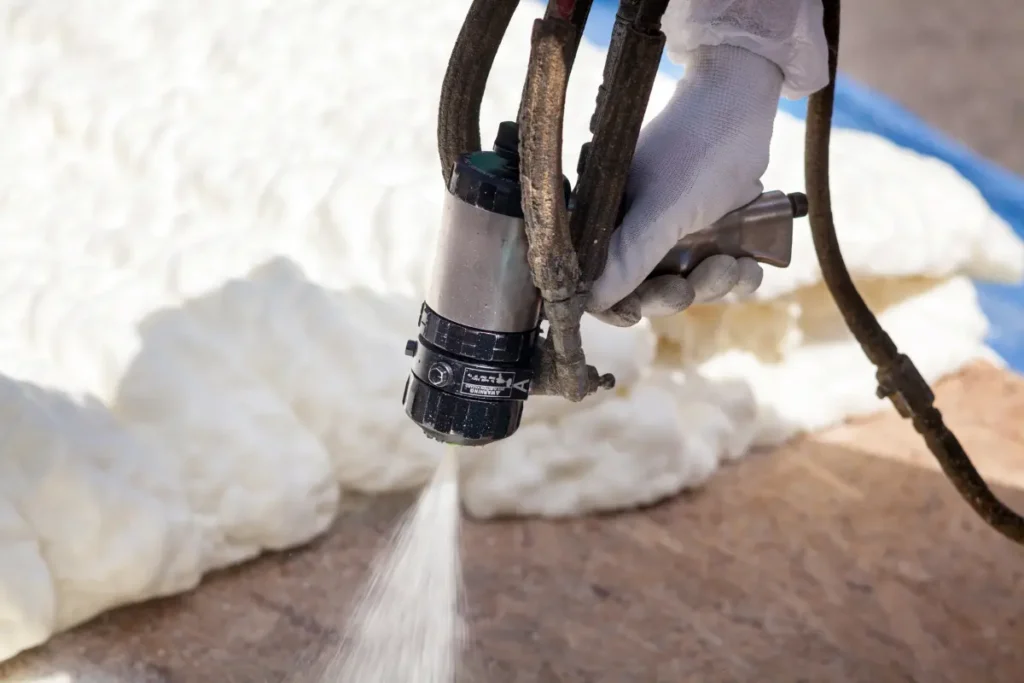
Rats are destructive animals. They are attracted to places that provide them with food, water, and shelter. It is common to find rats living inside house structures as they can chew through the walls and floors to get inside the house.
Rats in ceiling and insulation are not uncommon. Styrofoam in expandable foam is used for building the insulation of houses.
They are annoying little creatures that can eat through the foam insulation of your home.
Why Do Rats Eat Foam Insulation?
Rats will eat foam insulation to build a nest. Insulation of buildings and other structures provides rats with perfect hiding space.
They prefer living in dark corners, near food, and out of sight of humans. The walls, ceilings, inside the floor, and attics are perfect living spaces for rats, rodents, and mice.
Additionally, rats are gnawing animals. They can eat through the foam insulation as it is soft and easily movable. They will also chew through the wires and other materials inside the ceiling to make themselves comfortable.
Do Rats Eat Styrofoam Containers?

The dustbins filled with garbage and leftover are an attraction for rats. If you find takeout Styrofoam containers with holes in them or bite marks in the corner, the culprit is most likely to be rats.
They can chew on the Styrofoam containers and other plastic and empty food boxes.
There is a post by a concerned rat owner on the online forum about pet rats eating Styrofoam plates. If you are in a similar situation no need to worry, rats can eat it, and it is digestible.
However, to prevent rats from visiting your house, throw away the leftover containers in sealed bags.
How Do You Keep Rats Out Of Insulation?
It is necessary to keep rats out of the insulation. Rats not only destroy the house structure, but they also shed many bacteria, which are dangerous for humans and house pets.
Rats can chew through the concrete, wood, and foam inside the insulation to get access inside the house. Below are a few tips to help you get rid of a rat infestation from the sealing.
Identify Any Possible Entry Sites
The first step is to examine your house, exterior, and interior. However, pay close attention while checking the house exterior for holes and cracks.
Remember, rats can squeeze in through the tiny holes even as small as half inches. The old homes are at the most risk of rats’ infestation in insulation. Carefully inspect the ceiling, walls, pipes, and cables around the house.
Seal The Cracks And Holes
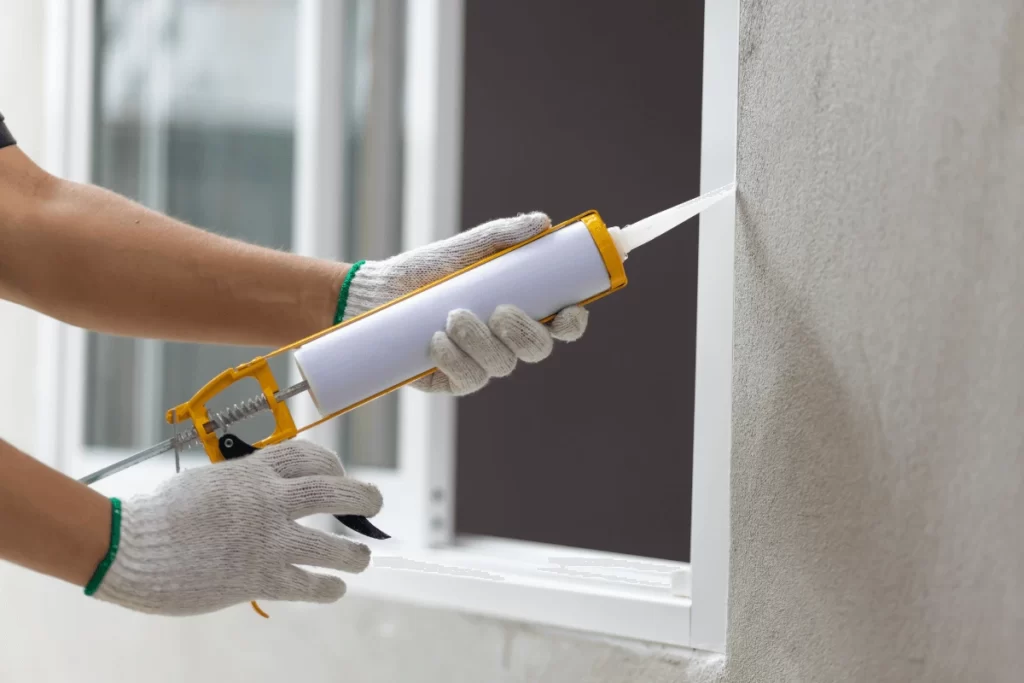
If you find any cracks and holes in the house, seal it with wire mesh or steel mesh. Ensure that the wire mesh is at least half-inch thick because the rat can effortlessly chew a thin wire mesh.
Either hammer the steel mesh or use concrete to seal the wire mesh on the hole.
Fill In The Holes
Typically, the holes in the house structure are rats’ entry points. To get rid of rats’ it is necessary to close these holes.
To seal the small hole, plug them with copper mesh. But make sure that there is no pipe or cable running from that hole.
To fill the large holes or cracks, make a ball out of galvanized window screen and cram it inside the hole. For further protection after filling the voids, pour some concrete over them.
Trim The Tree And Bushes
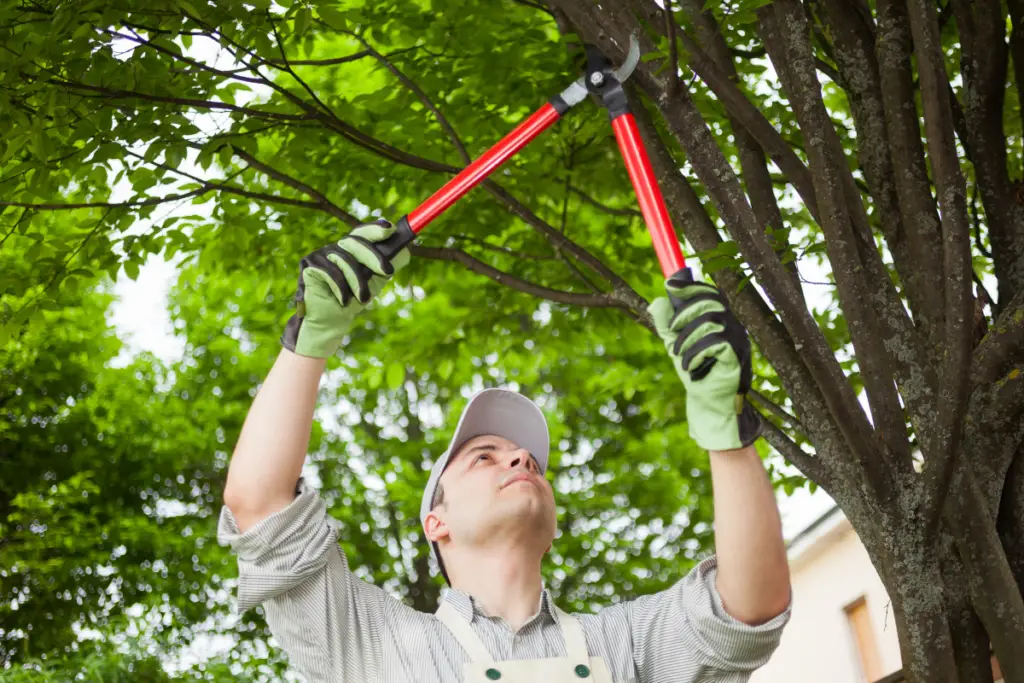
Rats are good climbers. They can get access to the roof of your house through the tree branches. Therefore, if any trees or branches are hanging close to your home, remove them.
Additionally, remove the bushes close to the house wall. Cleaning the garden or the yard is integral for getting rid of rats.
Can Rats Get Through Expanding Foam?
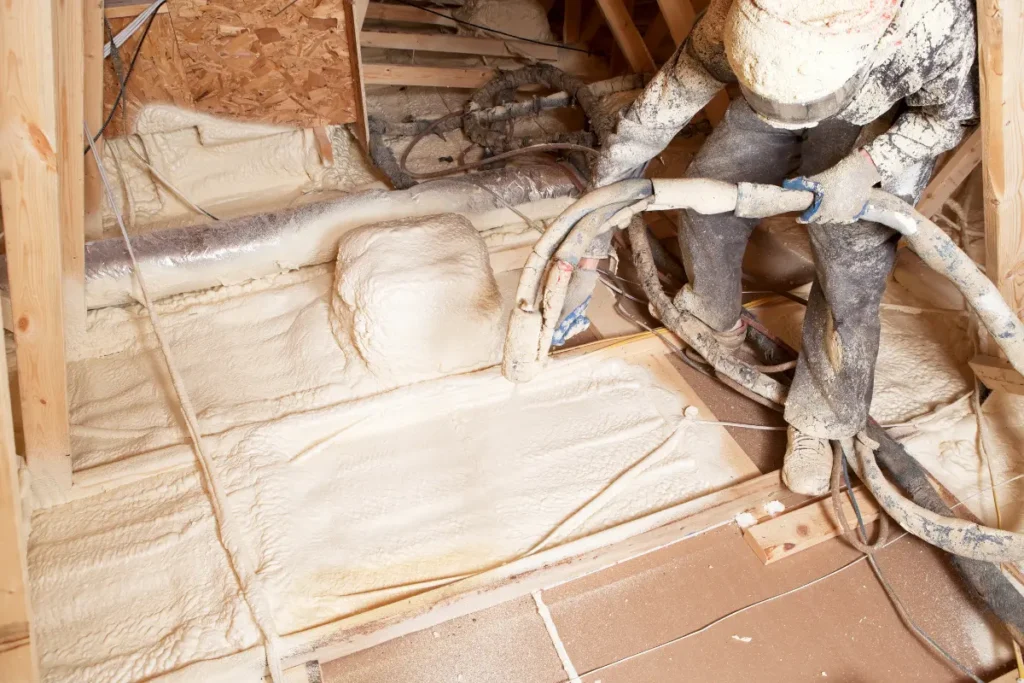
Rats can chew through almost every type of foam except polyurethane foam. It is slightly different than Styrofoam and provides more insulation.
Use polyurethane foam in the house insulation to prevent the rats from chewing through it.
Instead of using Styrofoam and other materials to close holes or the cracks in windows and doors, use polyurethane foam.
You can see immediate results from using polyethylene foam. It will not only remove the rats inside the ceiling, but it will prevent it from happening again.
Conclusion
Rats can chew through almost everything, including Styrofoam and other types of it. The most common type of foam rats chew is used for making disposable containers and the other is used in the building insulation.
Rats can eat Styrofoam. It will not cause any severe medical conditions. However, the rats that avoid gnawing can end up with overgrown teethes. To prevent rats from chewing through the Styrofoam leftover containers, throw them away in tightly closed bags.
The rats chewing the foam in insulation can cause damage to the house structure. You can use polyurethane foam, an expandable foam for building your house insulation.
References
Guile, M.N., McCutcheon, N.B. Prepared responses and gastric lesions in rats. Psychobiology

